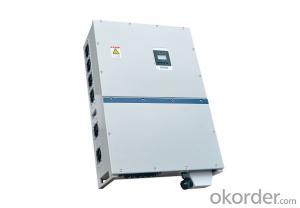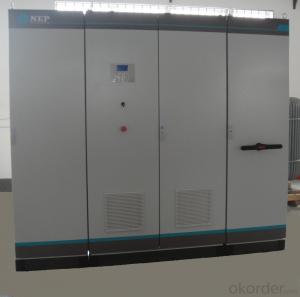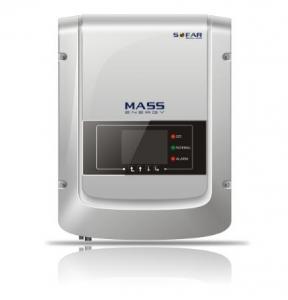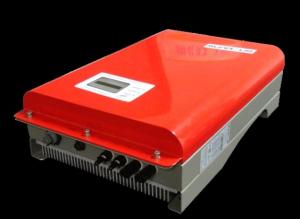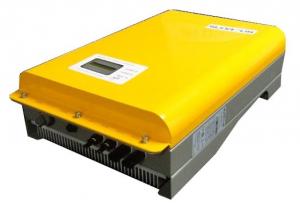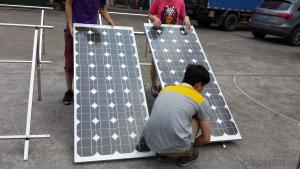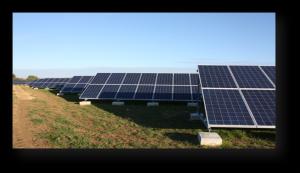Grid-Tied Solar Inverter
Grid-Tied Solar Inverter Related Searches
Best Solar Inverter For Rv Mini Solar Inverter For Home Shade Cover For Solar Inverter Solar Inverter For Home Inverter For Solar Battery Shade For Solar Inverter Wifi Dongle For Solar Inverter Wifi For Solar Inverter App For Solar Inverter Capacitor For Solar InverterHot Searches
Aluminium Wire Mesh Manufacturers India Ceiling Fan Lowest Price Aluminium Scaffold Planks Sale Aluminium Walkway Mesh Prices Type Of Inverter For Solar Used Solar Inverter For Sale Solar Edge Inverter For Sale 5kw Solar Inverter For Sale Solar Inverter For Sale Solar Inverter For Battery Solar Inverter For Laptop Solar Inverter For Fridge Solar With Inverter Price Solar Inverter With 2 Battery Best Solar Inverter In China Solar Inverter Price In Dubai Solar Inverter Price In Uae Solar Inverter Price In Kenya Solar Inverter Price In Kerala Solar Inverter Price In GhanaGrid-Tied Solar Inverter Supplier & Manufacturer from China
Okorder.com is a professional Grid-Tied Solar Inverter supplier & manufacturer, offers integrated one-stop services including real-time quoting and online cargo tracking. We are funded by CNBM Group, a Fortune 500 enterprise and the largest Grid-Tied Solar Inverter firm in China.Hot Products
FAQ
- The role of a solar inverter in voltage control is to convert the direct current (DC) electricity generated by solar panels into alternating current (AC) electricity that is suitable for use in homes and businesses. Additionally, the solar inverter helps regulate the voltage levels of the AC electricity to ensure it is stable and compatible with the electrical grid.
- Yes, a solar inverter can be used with a solar-powered air conditioner. The solar inverter is responsible for converting the direct current (DC) produced by the solar panels into alternating current (AC) that can be used to power electrical appliances, including air conditioners. By connecting the solar inverter to the solar panels and then to the solar-powered air conditioner, the AC produced by the inverter can be utilized to run the air conditioner, effectively making it solar-powered.
- The role of galvanic isolation in a solar inverter is to provide electrical safety and prevent potential hazards. It separates the input and output circuits electrically, using transformers or optocouplers, to eliminate any potential voltage differences, ground loops, or electrical noise that could cause damage to the inverter or connected devices. Additionally, galvanic isolation helps to protect against electric shocks and ensures the safety of both the system and individuals working with or around the solar inverter.
- A solar inverter handles voltage unbalance by continuously monitoring the phase voltages of the grid. If a voltage unbalance occurs, the inverter adjusts its output voltage and frequency to maintain a balanced supply to the grid. This ensures that the solar inverter can efficiently convert the DC power generated from the solar panels into AC power that is synchronized with the grid, despite any voltage imbalances.
- The role of a solar inverter in power factor correction is to adjust the power factor of the solar power system to ensure efficient energy conversion. It helps in balancing the reactive power and real power, leading to improved overall power quality and reduced system losses.
- The role of a solar inverter in preventing system failures is to convert the direct current (DC) produced by solar panels into alternating current (AC) that can be used by household appliances and sent back to the electrical grid. By ensuring that the DC power generated by the solar panels is properly converted and synchronized with the grid, the inverter helps maintain the stability and reliability of the entire solar power system. Additionally, the inverter monitors the voltage, frequency, and overall performance of the system, allowing it to detect and respond to any potential issues or faults that could lead to system failures.
- A solar inverter handles voltage regulation during high demand by constantly monitoring the grid voltage and adjusting its output accordingly. When there is high demand, the inverter ramps up its power output to ensure that the voltage remains stable and within the acceptable range. It does so by regulating the reactive power flow and employing advanced control algorithms to maintain grid stability.
















